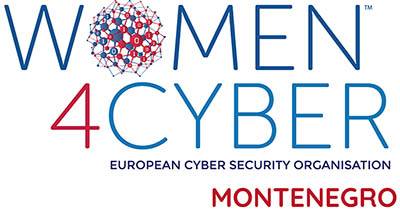In the era of digitalization and increasing technological advancement, more and more people have the opportunity to work from home. This option is certainly useful as it provides flexibility and comfort.
However, in addition to the added advantages, there are also disadvantages. The most important among them is the cybersecurity of employees. Organizations around the world are now placing great focus on this issue, which perhaps had the biggest impact during the Covid-19 pandemic. At that time, it was estimated that around 47% of employees encountered some form of cyber attack.
Types of attacks include:
data leakage – where user information is stolen and shared with other sources,
flow control – changing the already defined application control,
injection attack – insecure input is inserted into the program, which can be any form of false information,
software disruption or memory corruption. In addition to these, there is also the possibility of service disruption, making system resources unavailable to the user.
This happens for numerous reasons:
insecure home network – antivirus, firewall and similar programs are usually not implemented at home,
different technologies – companies have more advanced and productive software and applications,
fewer security measures and authority – an attacker can more easily access systems and data,
untrusted links and spam – again, personal devices rarely have a built-in system for detecting untrusted sources.
Some organizations have implemented CAT (Cybersecurity Attack Training) programs which have shown positive results. Many of those involved stated that the training was easy to follow and that they would recommend it to others.
All in all, in order to maintain the security of employees working from home, continued awareness of these problems is a priority. That way, work efficiency can also reach its maximum.
● Ramadan, Rabie A., et al. “Cybersecurity and Countermeasures at the Time of Pandemic.” Journal of Advanced Transportation, vol. 2021, 16 Feb. 2021, pp. 1–19, https://doi.org/10.1155/2021/6627264.
● Hijji, Mohammad, and Gulzar Alam. “Cybersecurity Awareness and Training (CAT) Framework for Remote Working Employees.” Sensors, vol. 22, no. 22, 9 Nov. 2022, p. 8663, www.mdpi.com/1424-8220/22/22/8663, https://doi.org/10.3390/s22228663.












